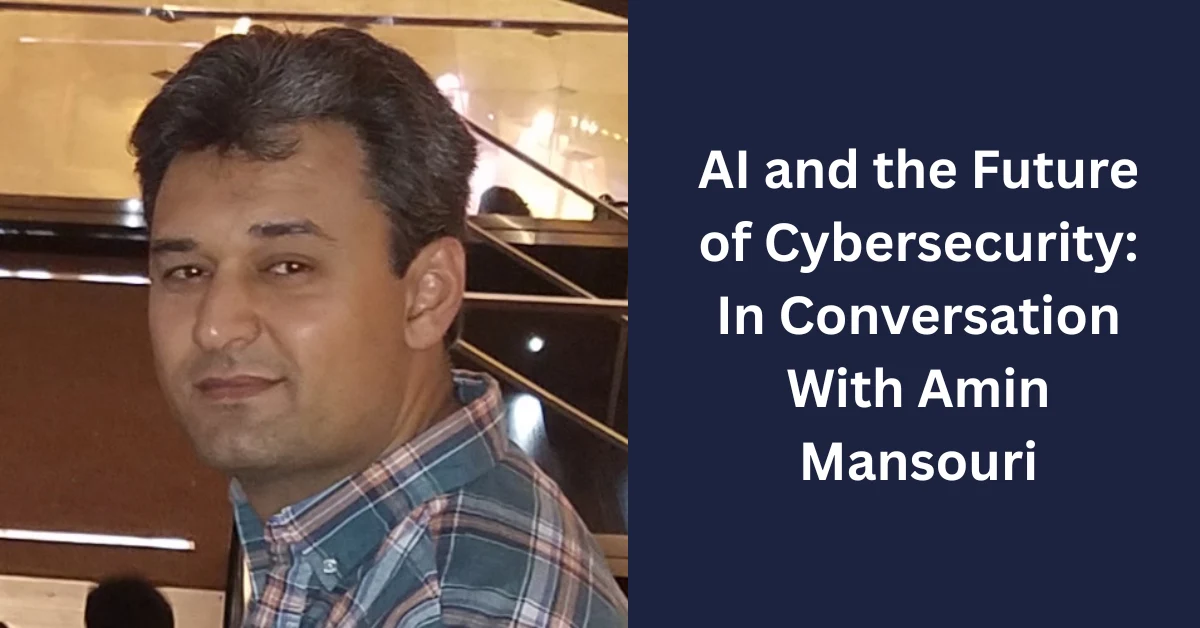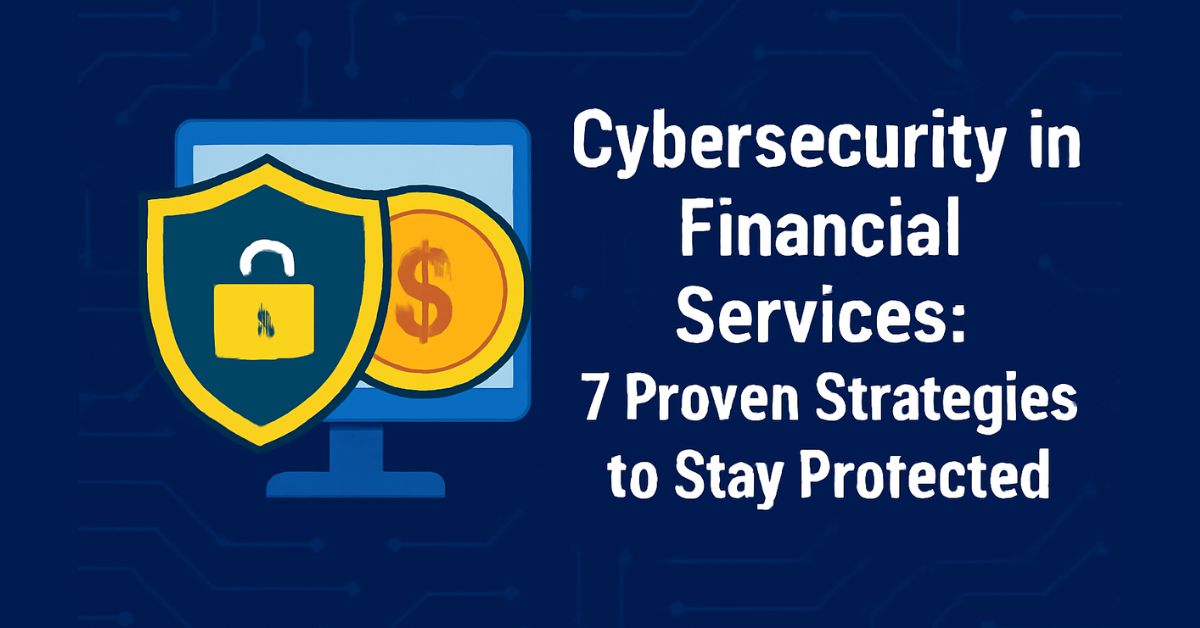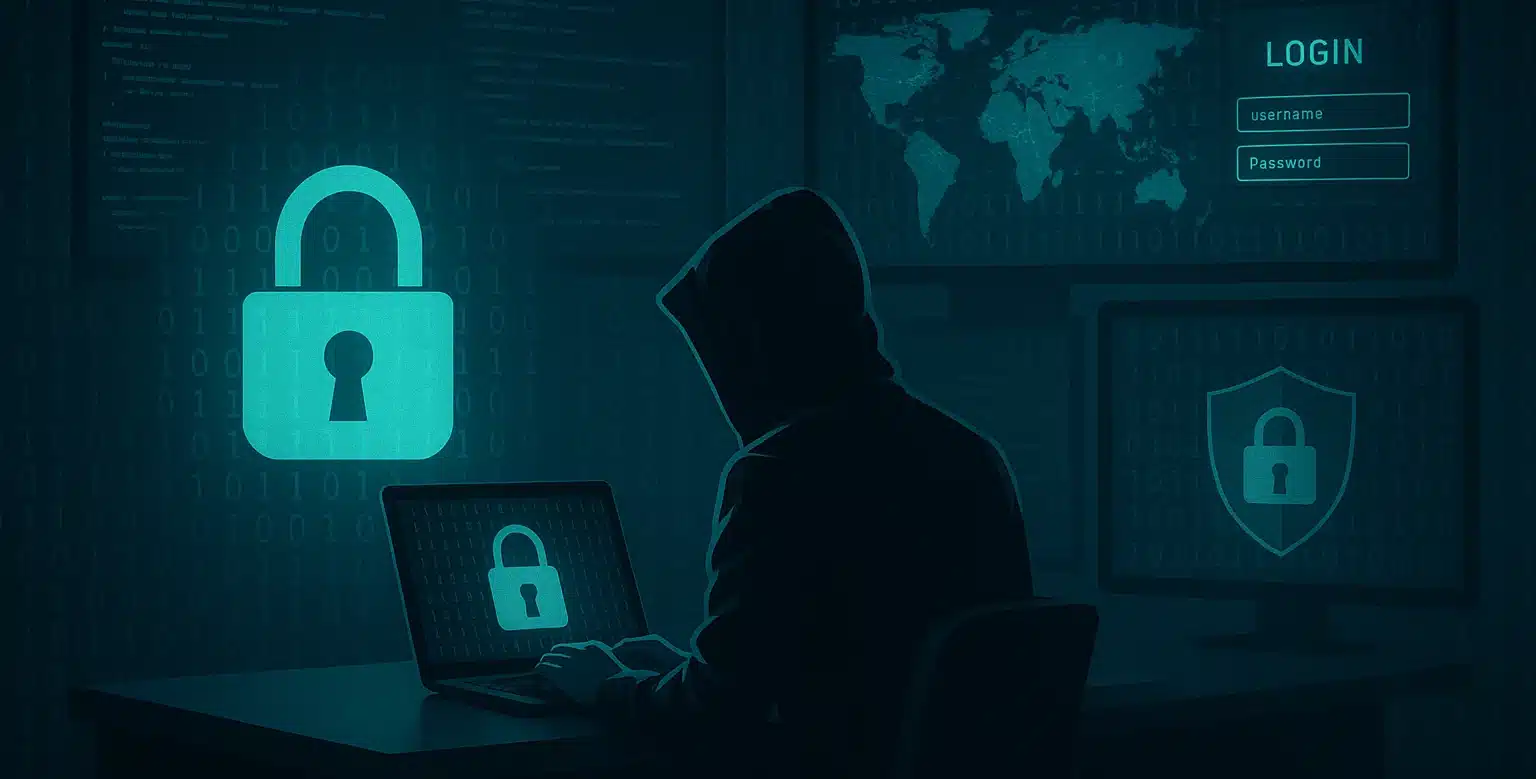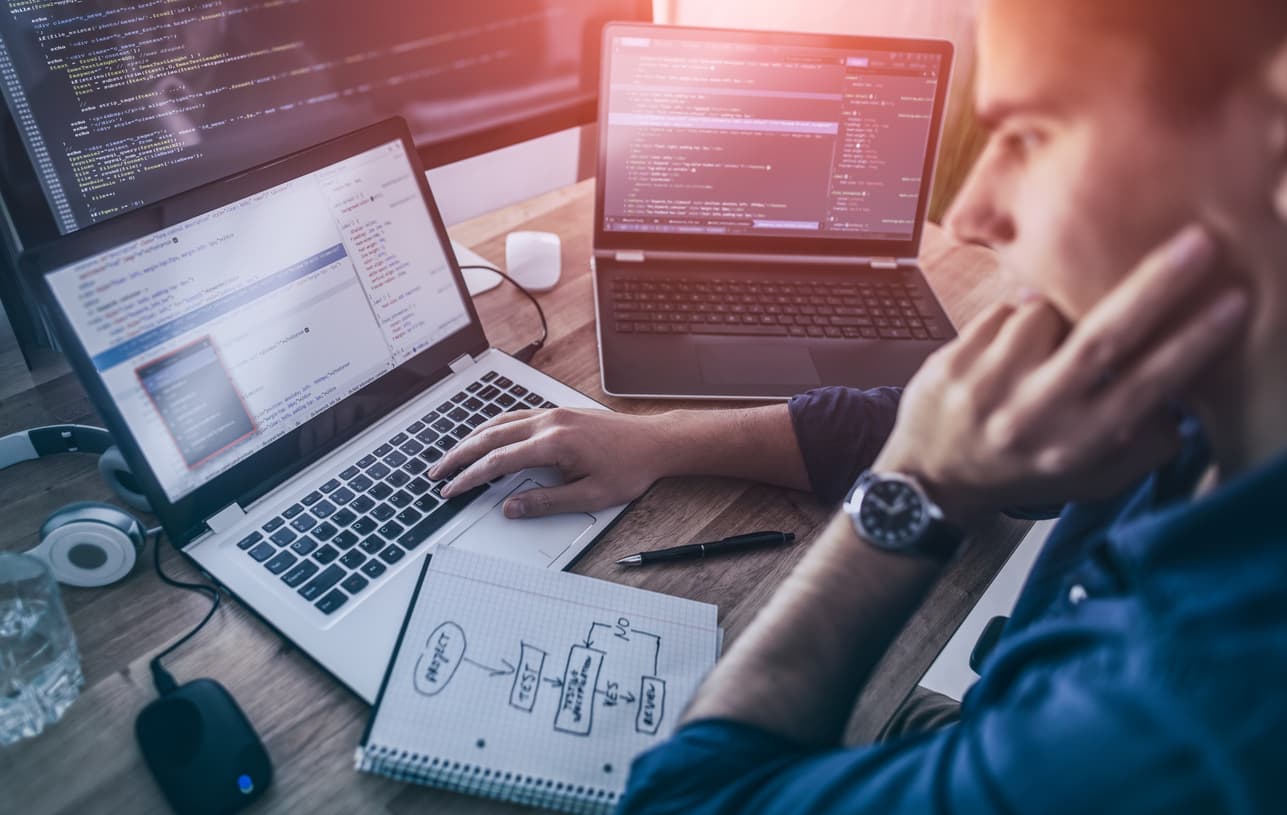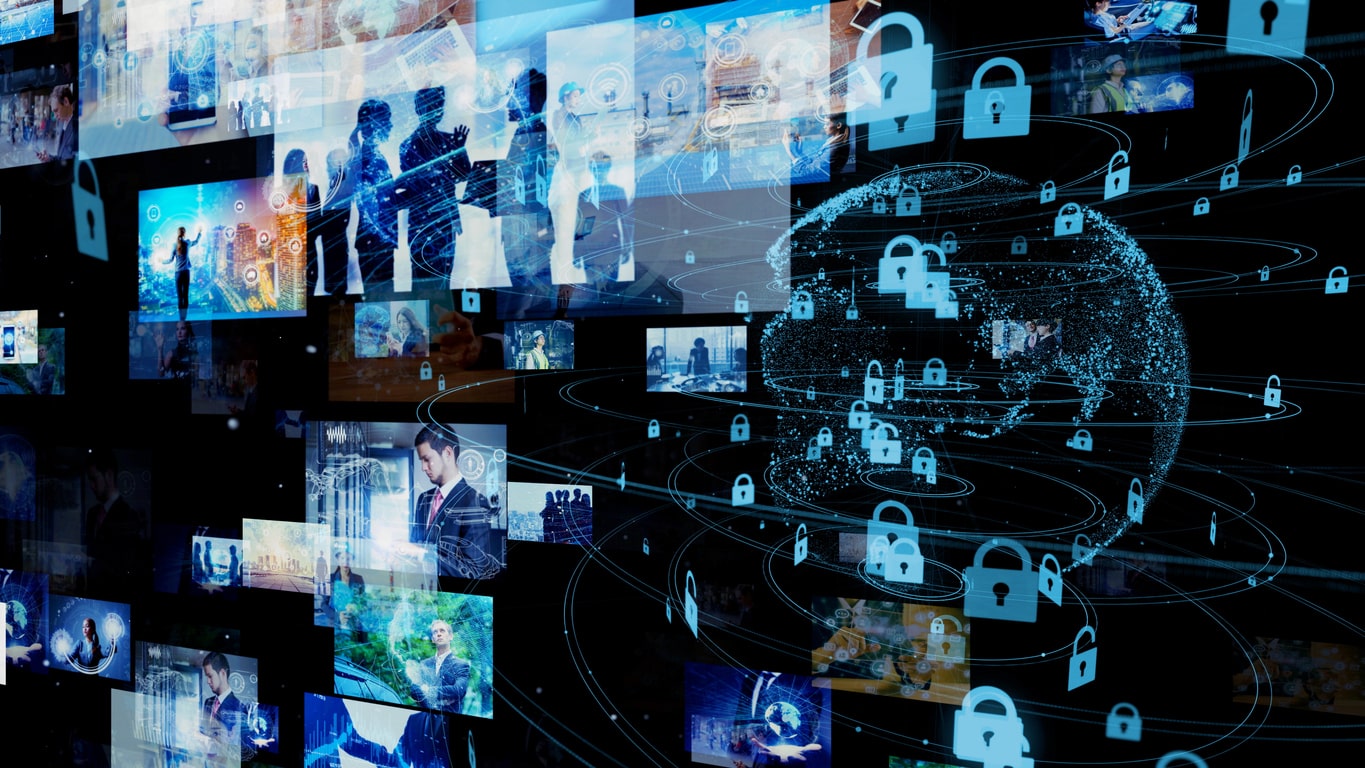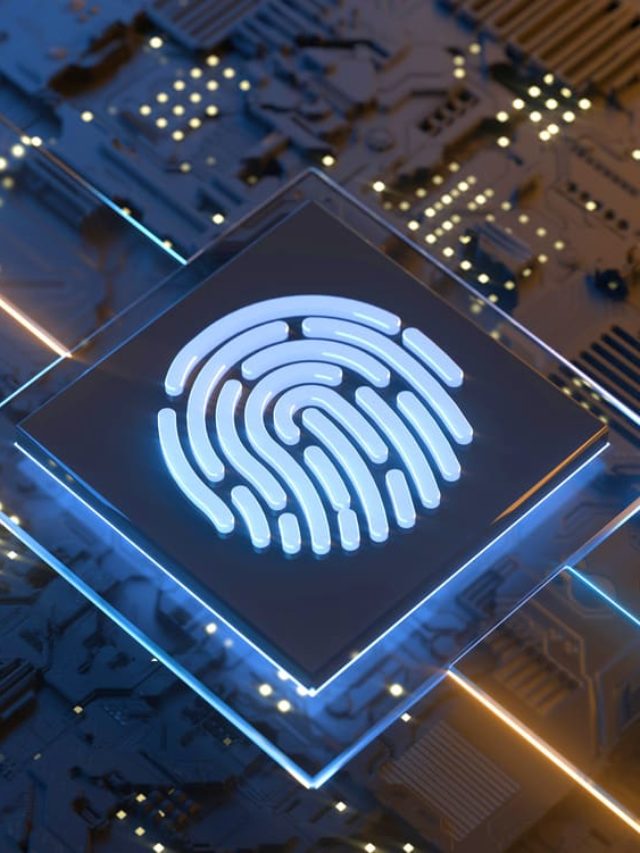Amin Mansouri,
Cloud Solutions Architect,
Pacific Computing Solutions, Inc
From deepfake videos that blur the line between real and fabricated identities to phishing attacks that sound almost indistinguishable from genuine communication, the rise of Artificial Intelligence (AI) has introduced a new urgency to the world of cybersecurity. For organizations, the challenge is no longer just about defending systems, but about anticipating threats that evolve at machine speed.
To understand how AI is reshaping both the threats and the defenses in this space, we spoke with Amin Mansouri, mentor at Great Learning. With nearly two decades of experience spanning systems security, networks, compliance, and DevSecOps, Mansouri brings a unique perspective on how cybersecurity has evolved, and where it’s headed next.
From Systems to DevSecOps: A Journey Built on Adaptation
Every expert’s perspective is shaped by their journey. For Amin Mansouri, the path into cybersecurity began well before AI entered the mainstream, a story that highlights how the discipline itself has evolved.
“I began my journey in cybersecurity back in 2008, starting with foundational certifications like MCSE Security and Linux security, which at the time were considered core to operating system-level protection. That early experience gave me a strong grasp of OS security and how critical it is to secure systems at the foundational level. From there, I moved into network security, working hands-on with configuring routers, switches, and firewalls. I became deeply involved in building and securing network infrastructures, which naturally led me to pursue a Master’s degree in Cybersecurity. That academic experience shifted my focus toward compliance, risk management, and governance, areas that helped me see the bigger picture of organisational security and how policies drive effective defense strategies.
As threats became more application-focused, I transitioned into application security. Learning not just how to secure systems, but how to write secure code. That evolution brought me to DevSecOps, where I could bring all of those layers together. Using my knowledge of systems, networks, governance, and code, I'm able to integrate security into every phase of the development lifecycle. What motivated me was the constant evolution of technology and the challenge of staying ahead of emerging threats. Cybersecurity is one of the few fields where you're always learning and adapting, and that continuous growth is what’s kept me passionate and engaged throughout my career.”
Having built his expertise across systems, networks, and application security, Mansouri has seen firsthand how each technological shift reshapes the field. Today, AI stands at the center of that change, and he believes its influence on cybersecurity in the coming years will be nothing short of transformative.
AI’s Role in Predictive, Proactive Security
Asked how AI is set to transform cybersecurity in the near future, Mansouri is clear: it’s already happening, and the implications are profound.
“AI is already reshaping cybersecurity, but over the next 3 to 5 years, I see it driving a major shift from reactive defense to proactive, predictive security. One of the most transformative impacts will be in threat detection and response. AI models will continue to evolve to analyse vast amounts of telemetry data like network logs, behavior analytics, and endpoint activity in real time to detect subtle anomalies that would otherwise go unnoticed. Automated threat hunting and incident response will become more precise and efficient.
Security operations centers (SOCs) will increasingly rely on AI-driven playbooks that can triage, contain, and even remediate certain attacks without human intervention, dramatically reducing response time. AI will also play a critical role in securing software development, especially in DevSecOps. We're already seeing tools that use machine learning to scan code for vulnerabilities, suggest remediations, and enforce secure coding practices during the build phase. In 3–5 years, AI may be able to autocorrect insecure code patterns before they even get committed.
However, it's a double-edged sword. Attackers are also using AI to craft more sophisticated phishing attacks, automate reconnaissance, and evade detection. So defenders will need to stay one step ahead by using AI not just for defense, but also for simulating attacker behavior to stress test their own environments.
Ultimately, AI will replace human analysts, reducing noise, prioritising threats intelligently, and freeing up cybersecurity professionals to focus on strategic initiatives. But human judgment will still be essential for handling complex decisions and ethical boundaries in security operations.”
While the promise of AI in strengthening defenses is undeniable, its rapid adoption also gives rise to new risks. The same technologies that enable predictive security and faster response times are being weaponised by attackers, creating threats that are more sophisticated, deceptive, and harder to detect.
Threats Amplified by AI
On the most pressing dangers amplified by AI, Mansouri outlines three areas of concern that security leaders are already confronting:
- “AI-enhanced phishing and social engineering attacks mimic the tone, grammar, and context of real people, thus making attacks much more deceptive.
- Attackers use AI to create deep fake videos and voice recordings. This is a growing threat to identity verification systems.
- AI tools can scan codebases, binaries, and systems at scale, identifying misconfigurations or flaws faster than traditional scanners.”
Looking Ahead: Balance Between Automation and Human Judgment
Mansouri’s journey underscores how cybersecurity has evolved from system-level safeguards to complex, multi-layered defense strategies, and now, into an era where AI is redefining both attack and defense. His insights reflect a reality many in the industry are grappling with: AI is not just a tool for defenders, it is equally a weapon for attackers.
This dual nature requires professionals not only to embrace AI-based solutions but also to anticipate how adversaries might use them. As the demarcations between conventional security and AI-powered security continue to blur, the future of the discipline will rely on striking the right balance—leveraging automation and intelligence without forsaking human judgment and ethical responsibility.
For aspiring professionals, Mansouri’s experience also serves as a reminder: cybersecurity is not static. It is a discipline defined by continuous learning, adaptation, and resilience. In a landscape where threats evolve as quickly as technology itself, staying ahead will mean embracing AI thoughtfully, while never losing sight of the fundamentals that keep systems and people secure.
